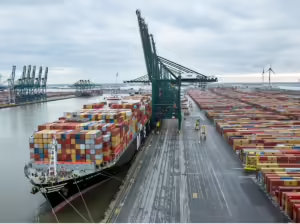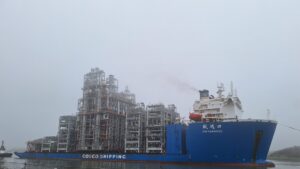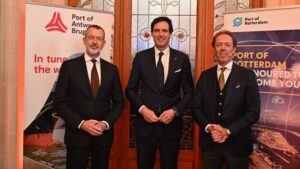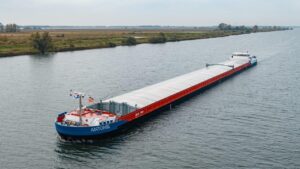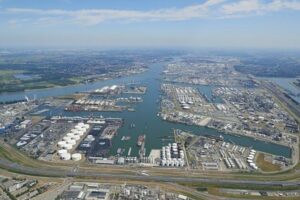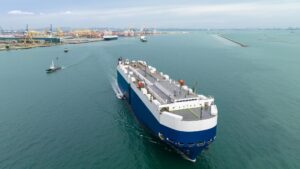Antwerp tests 3D sonar sensors for unmanned shipping
The University of Antwerp (UAntwerp) and the Port of Antwerp have been jointly testing 3D sonar sensors — innovative technology for autonomous inland shipping.
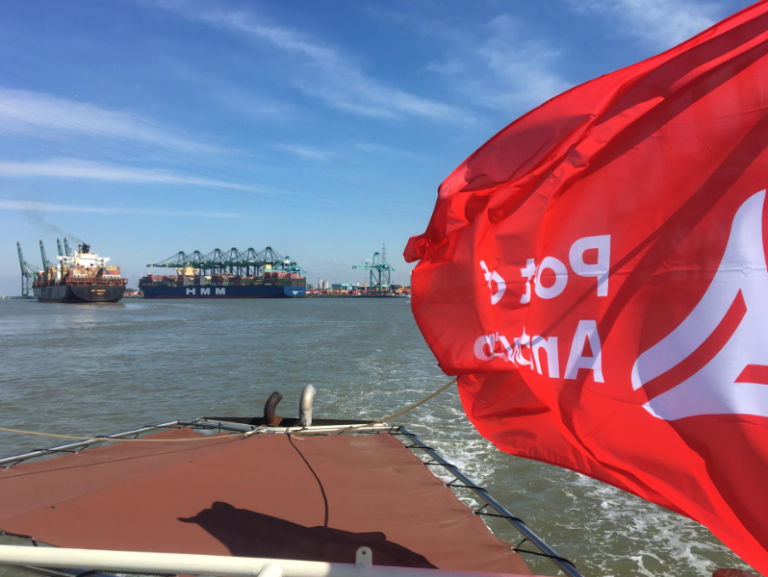
At CoSys-Lab, a research group in UAntwerp’s Faculty of Applied Engineering, Prof. Jan Steckel develops advanced sensor systems that can withstand harsh conditions.
“In order to achieve fully autonomous navigation, constant monitoring of the ship’s surroundings is absolutely crucial,” according to Steckel.
“Cameras can be used, of course, but when visibility is poor – due to dust, water sprays, mud, smoke or fog – they don’t work properly.”
Sonar sensors, however, remain fully functional under such circumstances. They can provide a reliable picture of the ship’s surroundings at a low cost.
“We drew our inspiration from the way bats use echolocation. They emit sound waves, and when those waves hit objects, the bats hear the echoes of these collisions, allowing them to avoid obstacles flawlessly,” Steckel added.
For the project with the Port of Antwerp, the researchers developed a 3D sonar sensor with 32 sophisticated waterproof microphones. The project is called eRTIS, which stands for “embedded Real Time Imaging Sonar”.
“The information is transmitted in real time, because if there are any delays, the ship could crash into something. The ‘Imaging Sonar’ part refers to reflected sound waves hitting the sensors to create a picture of the surroundings,” Steckel continued.
In the last weeks of 2020, the technology was successfully tested on the Tuimelaar, one of the Port of Antwerp’s test vessels.
In 2021, there will be a follow-up project — as part of the Smart Docking Innovation Challenge, the Port of Antwerp has given the green light to Prof. Jan Steckel’s 3D Sonar and Lidar for Vessel Monitoring project.
“Inland shipping is crucial if we want to ensure the accessibility of our city and our port. By focusing on technology such as unmanned navigation, we want to further increase both the market share and the competitiveness of inland shipping,” Annick De Ridder, port alderman, said.
“Unmanned vessels can lead to substantial cost savings, as well as provide an answer to our increasing traffic congestion problems and the rising costs of road transport. Smart vessels definitely have a part to play in the multimodal transport approach that the Port of Antwerp wants to help develop further,” Svetlana Samsonova, liaison officer, concluded.


